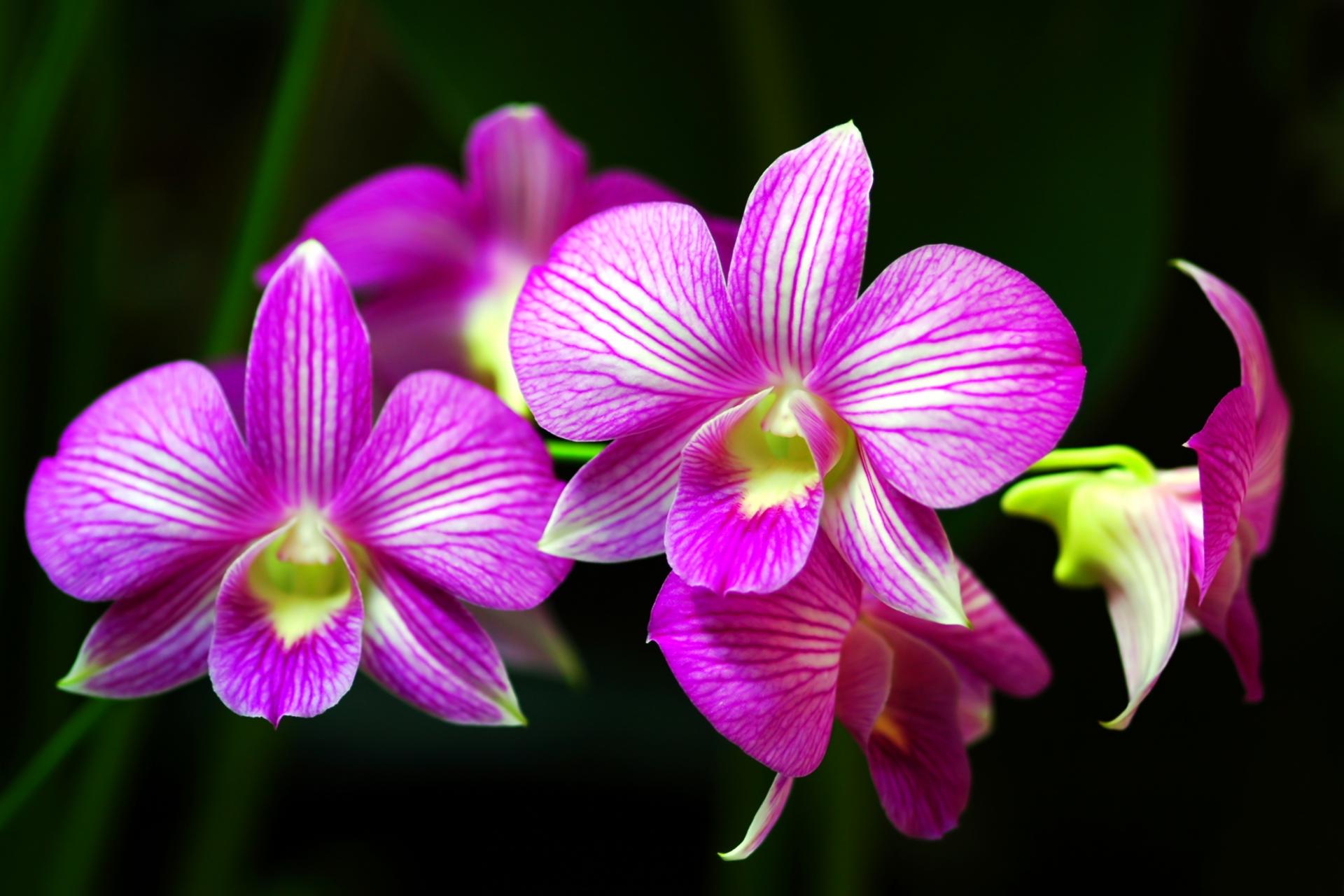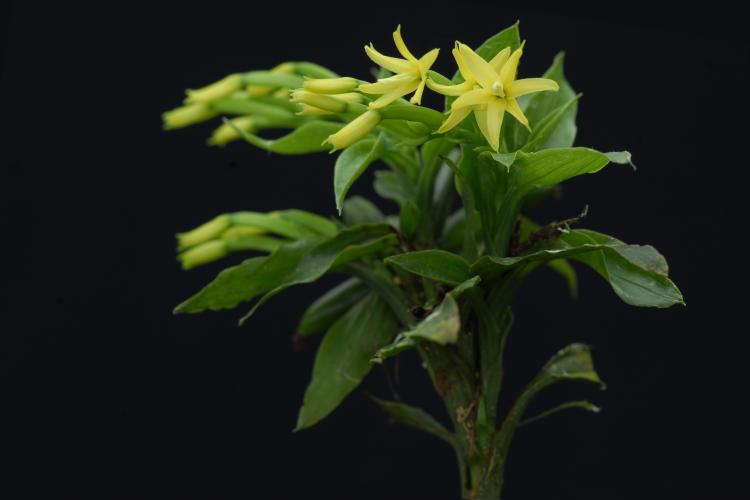The Apostasia genome and the evolution of orchids
Constituting approximately 10% of flowering plant species, orchids (Orchidaceae) display unique flower morphologies, possess an extraordinary diversity in lifestyle, and have successfully colonized almost every habitat on Earth. Here we report the draft genome sequence of Apostasia shenzhenica, a representative of one of two genera that form a sister lineage to the rest of the Orchidaceae, providing a reference for inferring the genome content and structure of the most recent common ancestor of all extant orchids and improving our understanding of their origins and evolution. In addition, we present transcriptome data for representatives of Vanilloideae, Cypripedioideae and Orchidoideae, and novel third-generation genome data for two species of Epidendroideae, covering all five orchid subfamilies. A. shenzhenica shows clear evidence of a whole-genome duplication, which is shared by all orchids and occurred shortly before their divergence. Comparisons between A. shenzhenica and other orchids and angiosperms also permitted the reconstruction of an ancestral orchid gene toolkit.
Constituting approximately 10% of flowering plant species, orchids (Orchidaceae) display unique flower morphologies, possess an extraordinary diversity in lifestyle, and have successfully colonized almost every habitat on Earth.
We identify new gene families, gene family expansions and contractions, and changes within MADS-box gene classes, which control a diverse suite of developmental processes, during orchid evolution. This study sheds new light on the genetic mechanisms underpinning key orchid innovations, including the development of the labellum and gynostemium, pollinia, and seeds without endosperm, as well as the evolution of epiphytism; reveals relationships between the Orchidaceae subfamilies; and helps clarify the evolutionary history of orchids within the angiosperms.
The genome sequence of the orchid Phalaenopsis equestris
Orchidaceae, renowned for its spectacular flowers and other reproductive and ecological adaptations, is one of the most diverse plant families. Here we present the genome sequence of the tropical epiphytic orchid Phalaenopsis equestris, a frequently used parent species for orchid breeding. P. equestris is the first plant with crassulacean acid metabolism (CAM) for which the genome has been sequenced. Our assembled genome contains 29,431 predicted protein-coding genes. We find that contigs likely to be underassembled, owing to heterozygosity, are enriched for genes that might be involved in self-incompatibility pathways. We find evidence for an orchid-specific paleopolyploidy event that preceded the radiation of most orchid clades, and our results suggest that gene duplication might have contributed to the evolution of CAM photosynthesis in P. equestris. Finally, we find expanded and diversified families of MADS-box C/D-class, B-class AP3 and AGL6-class genes, which might contribute to the highly specialized morphology of orchid flowers.
The Dendrobium catenatum Lindl. genome sequence provides insights into polysaccharide synthase, floral development and adaptive evolution.
Orchids make up about 10% of all seed plant species, have great economical value, and are of specific scientific interest because of their renowned flowers and ecological adaptations. Here, we report the first draft genome sequence of a lithophytic orchid, Dendrobium catenatum. We predict 28,910 protein-coding genes, and find evidence of a whole genome duplication shared with Phalaenopsis. We observed the expansion of many resistance-related genes, suggesting a powerful immune system responsible for adaptation to a wide range of ecological niches. We also discovered extensive duplication of genes involved in glucomannan synthase activities, likely related to the synthesis of medicinal polysaccharides. Expansion of MADS-box gene clades ANR1, StMADS11, and MIKC*, involved in the regulation of development and growth, suggests that these expansions are associated with the astonishing diversity of plant architecture in the genus Dendrobium. On the contrary, members of the type I MADS box gene family are missing, which might explain the loss of the endospermous seed. The findings reported here will be important for future studies into polysaccharide synthesis, adaptations to diverse environments and flower architecture of Orchidaceae.
Zhang, G.-Q., Liu, K.-W., Li, Z., Lohaus, R., Hsiao, Y.-Y., Niu, S.-C., Wang, J.-Y., et al. (2017). The Apostasia genome and the evolution of orchids. NATURE, 549(7672), 379–+.
Cai, J., Liu, X., Vanneste, K., Proost, S., Tsai, W.-C., Liu, K.-W., Chen, L.-J., et al. (2015). The genome sequence of the orchid Phalaenopsis equestris. NATURE GENETICS, 47(1), 65–72.
Zhang, G.-Q., Xu, Q., Bian, C., Tsai, W.-C., Yeh, C.-M., Liu, K.-W., Yoshida, K., et al. (2016). The Dendrobium catenatum Lindl. genome sequence provides insights into polysaccharide synthase, floral development and adaptive evolution. SCIENTIFIC REPORTS, 6.



